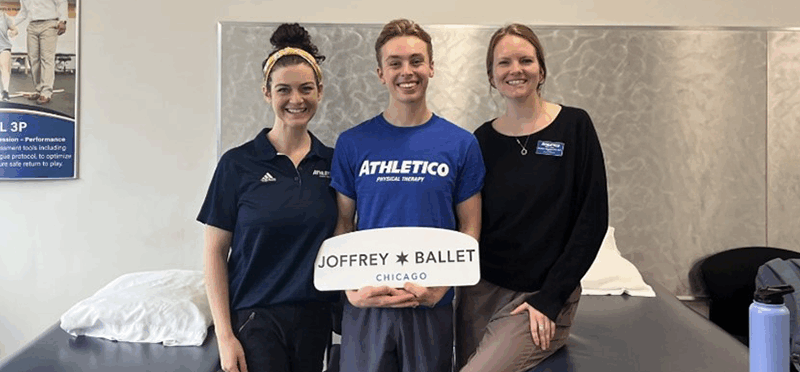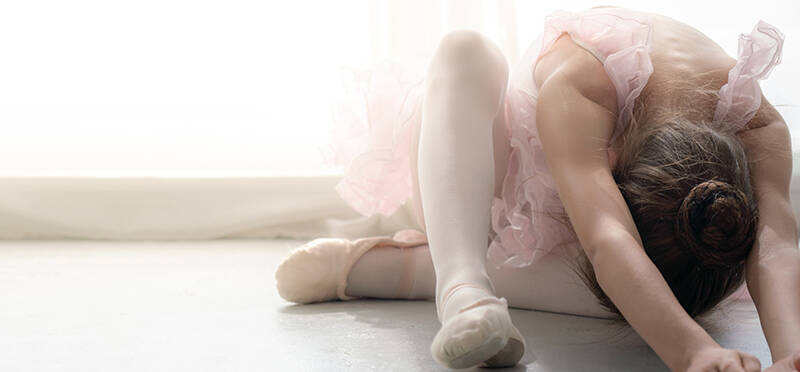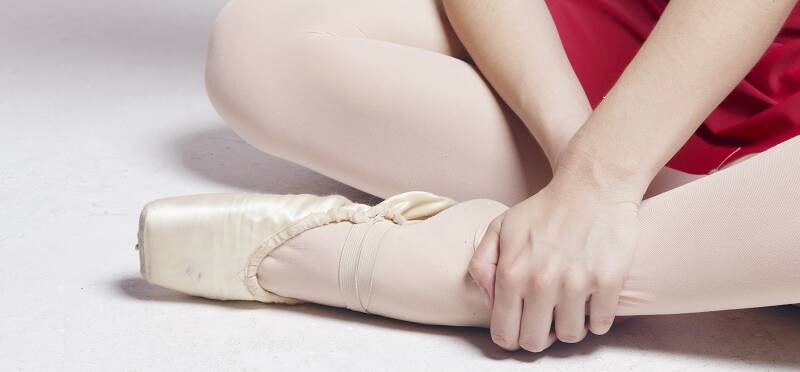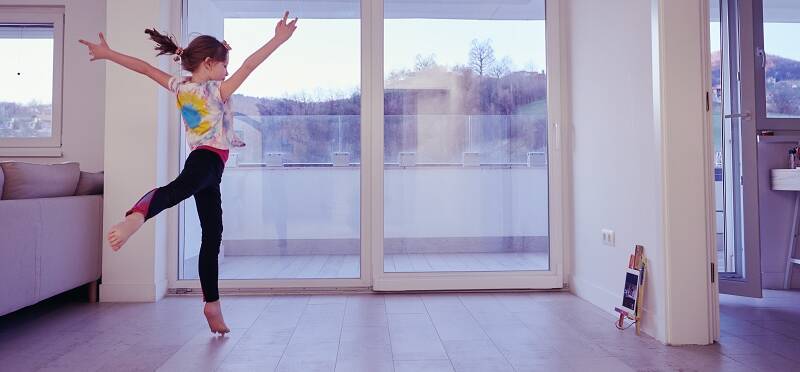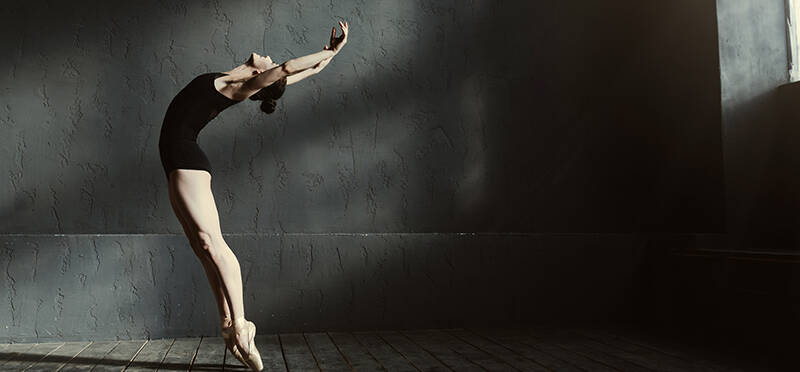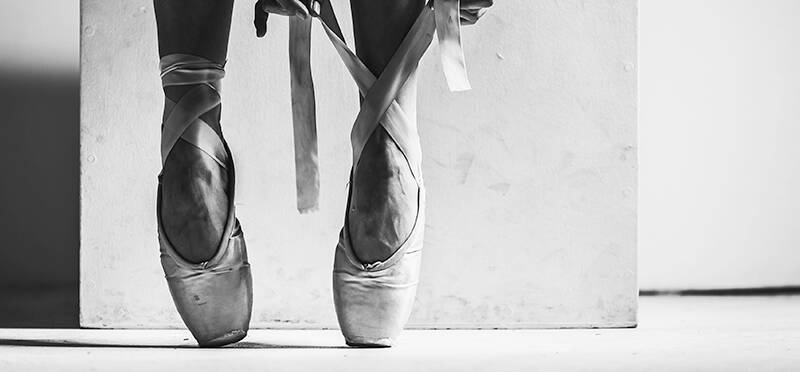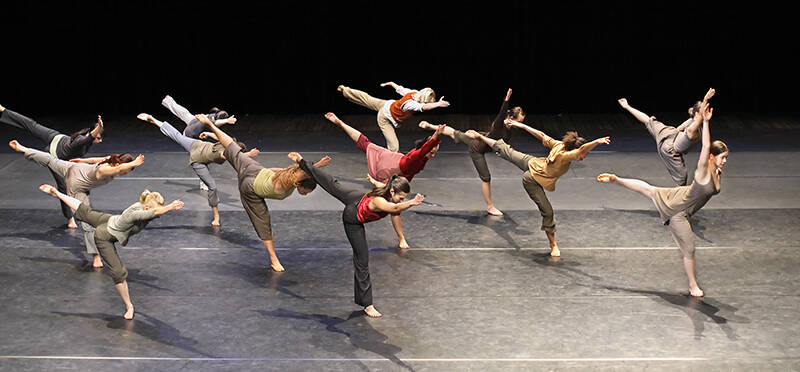The Road to Recovery: From ACL Tear to the Joffrey Ballet
Posted on November 1, 2023 by Maddie Negaard, PT, DPT
ACL injuries are often talked about in contact sports, but ballet dancers are also at risk of a tear. Jumping...
(more…)




